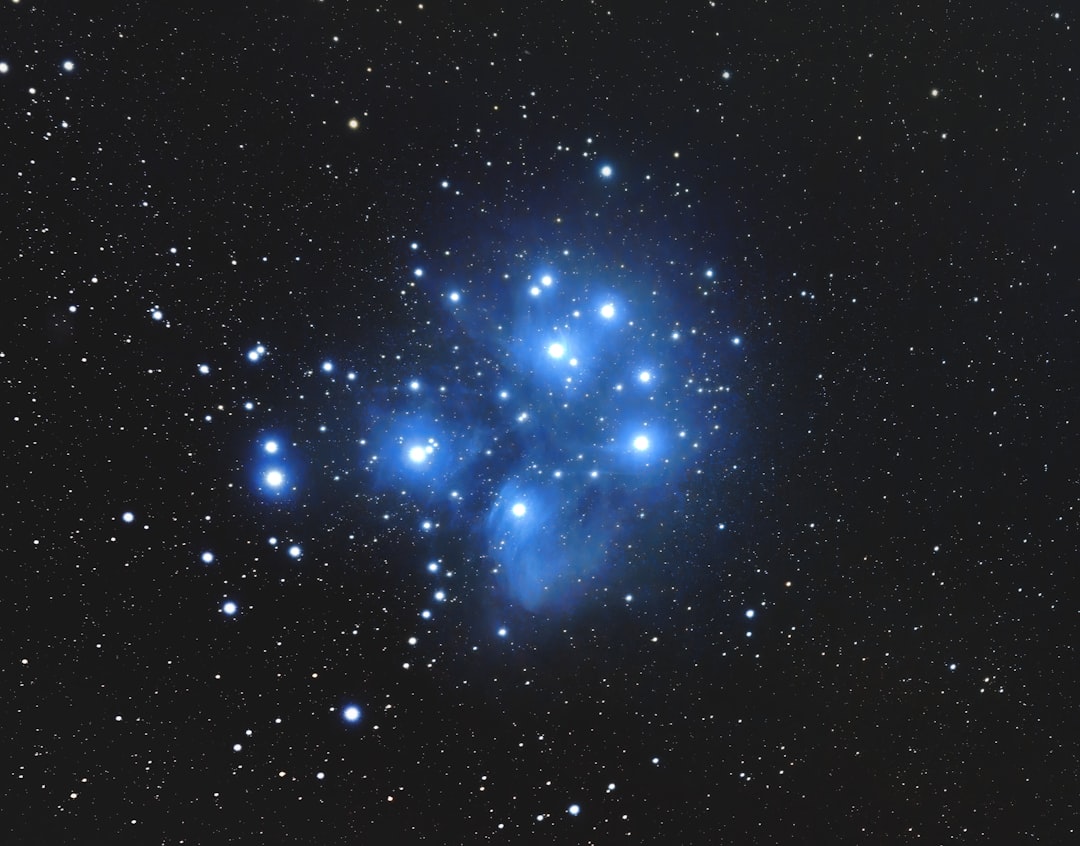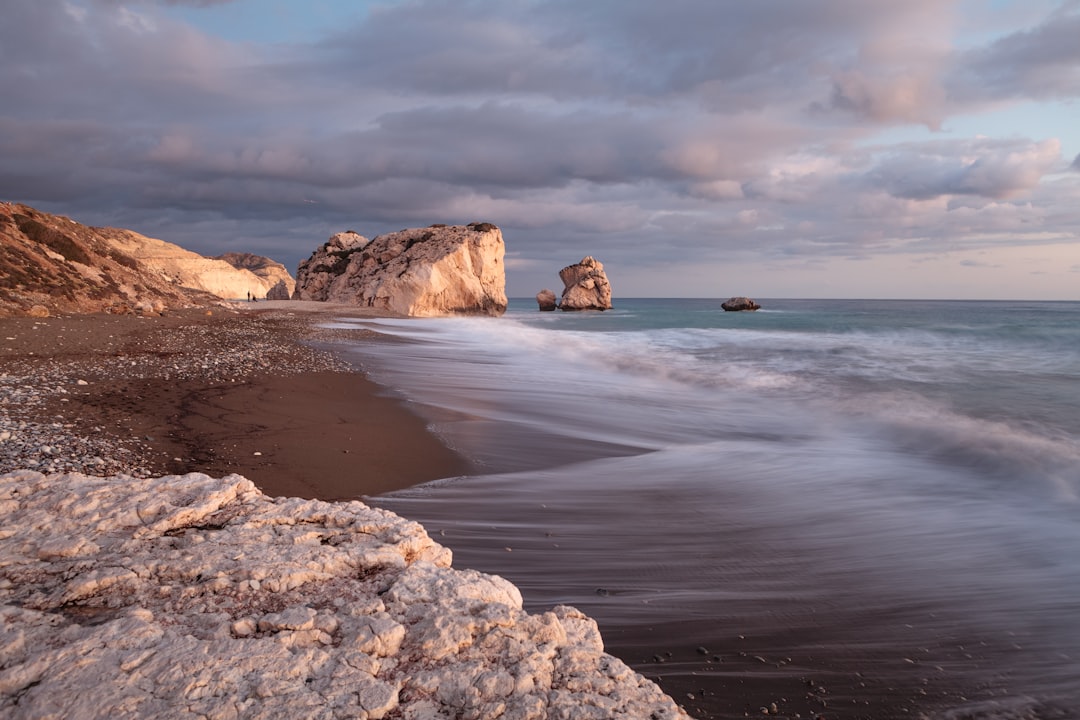What is it about?
Yes, that is correct! They are part of a transfer of novel beliefs and cults that spread across Europe during the Late Bronze Age, around 1000 BC, as you can read in this new article published in Prähistorische Zeitschrift. The new radiocarbon date of one of the Viksø helmets did not confuse the archaeologists of this study, it supported much more what Danish research had long assumed.
Featured Image

Photo by Azzedine Rouichi on Unsplash
Why is it important?
The interesting fact for the authors of this study was, that the helmets date into a transition period within the Late Bronze Age. A detailed network analysis of the iconography revealed striking similarities between southwest Iberia, Sardinia and southern Scandinavia.
Perspectives
This research was funded by the Cultural Ministry of Denmark. Only due to the collaboration with the National Museum Denmark and Moesgaard Museum, the Curt-Engelhorn-Centre in Mannheim, the Museo Archeologico Nazionale di Cagliari in Sardinia, the Archaeological superintendency of Sardinia this paper by Helle Vandkilde (Aarhus University), Valentina Matta (Aarhus University), Laura Ahlqvist (Aarhus University) and Heide W. Nørgaard (Moesgaard Museum) could be published.
Dr. Heide Wrobel Nørgaard
Moesgaard Museum, Department of Archaeology
Read the Original
This page is a summary of: Anthropomorphised warlike beings with horned helmets: Bronze Age Scandinavia, Sardinia, and Iberia compared, Praehistorische Zeitschrift, December 2021, De Gruyter,
DOI: 10.1515/pz-2021-2012.
You can read the full text:
Resources
Contributors
The following have contributed to this page










